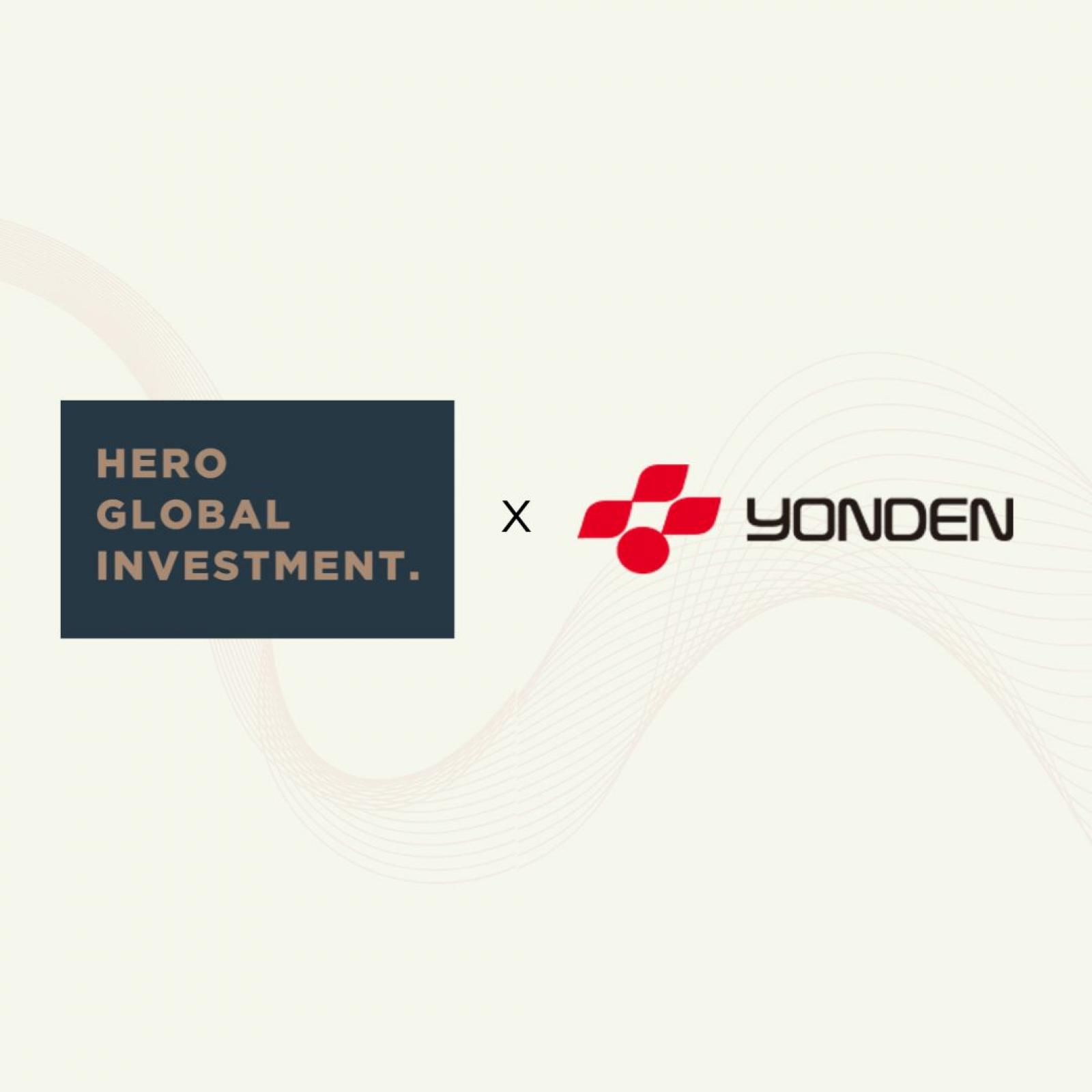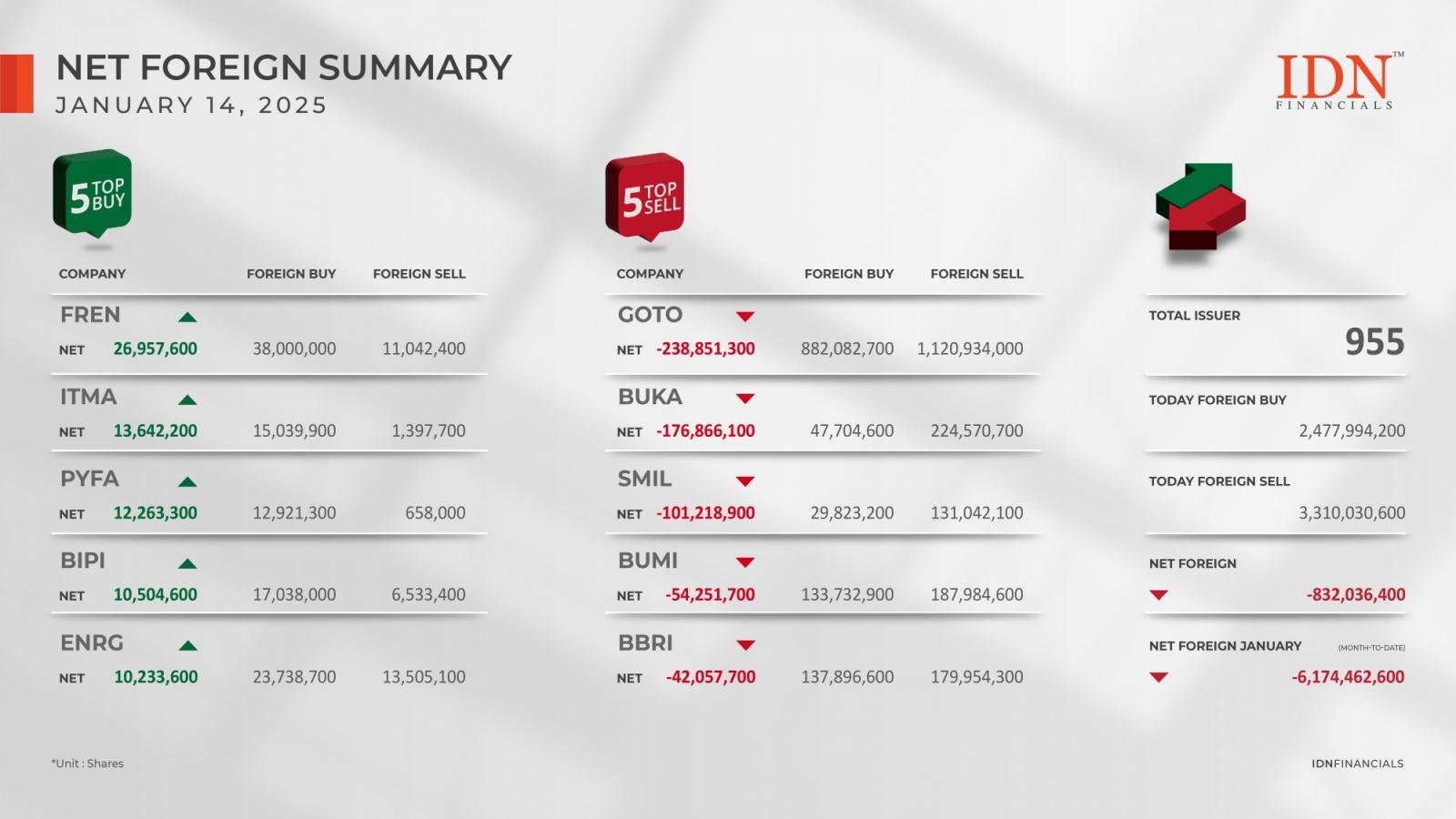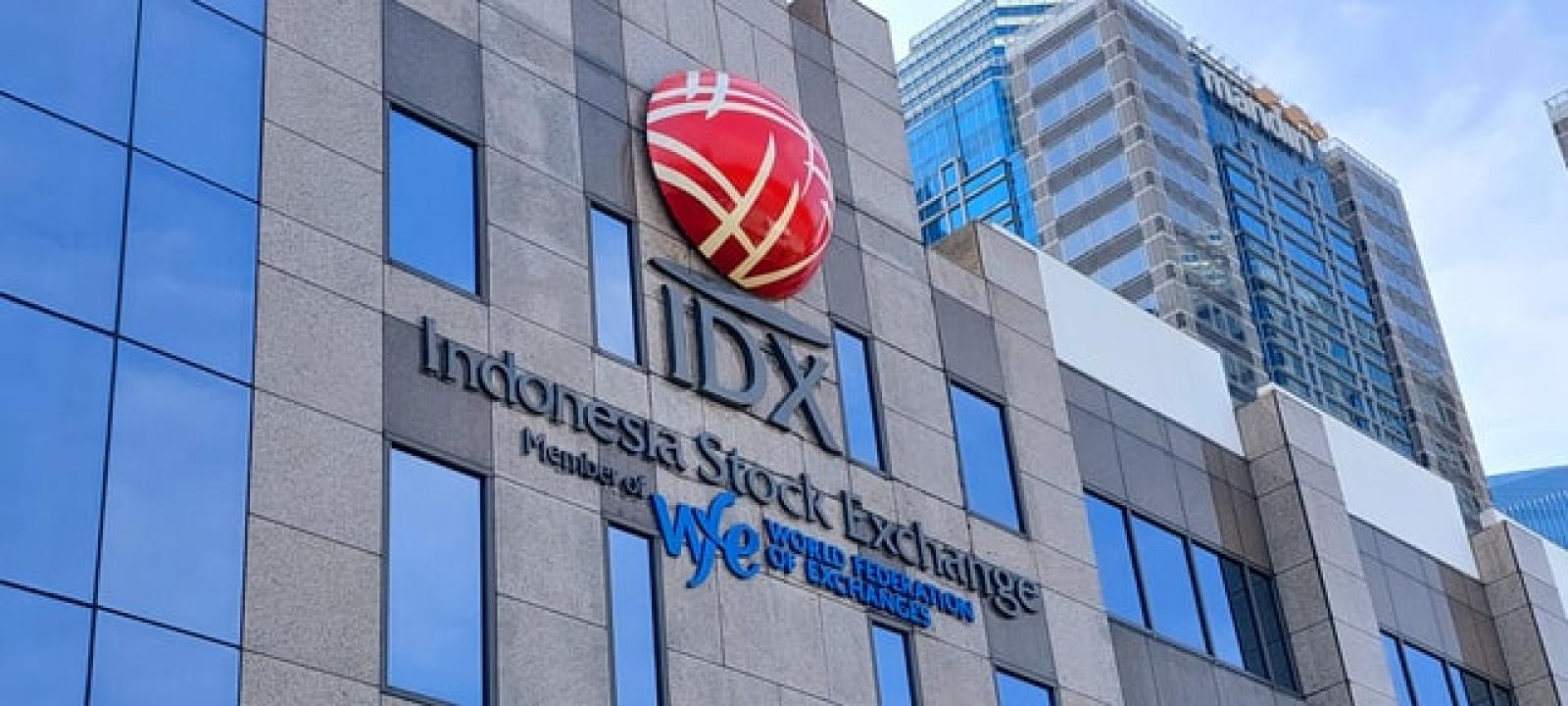Company Overview
SolarEdge Technologies Inc . (NASDAQ:SEDG), a leader in the solar energy sector, offers a comprehensive array of products and solutions, including inverters, power optimizers, and energy storage systems. With operations spanning 133 countries, the company has a solid presence in both residential and commercial markets. SolarEdge is broadening its scope by delving into energy storage and electric vehicle (EV) charging equipment, leveraging its expertise in power optimization technology.
Market Performance and Analyst Ratings
The outlook for SolarEdge Technologies has evolved, reflecting a complex interplay of market dynamics and company-specific challenges. Analysts have adjusted their ratings and price targets in response to recent financial disclosures and market trends. BMO Capital Markets Corp. downgraded its target price from $85.00 to $80.00, maintaining a \"Market Perform\" rating, while RBC Capital Markets lowered its price target to $77.00, also retaining a \"Sector Perform\" rating. Barclays Capital Inc. issued an \"Underweight\" rating with a price target of $50.00. These revisions underscore the heightened caution among analysts regarding SolarEdge\'s near-term prospects.
Financial Health and Stock Valuation
SolarEdge\'s market capitalization has adjusted to approximately $4.91 billion, with recent stock price movements reflecting significant volatility and investor concerns. The company\'s stock closed at $83.30, but recent updates have seen prices ranging from $84.42 to as low as $67.35, indicative of the uncertainties in the solar market that investors must navigate. Financial forecasts for the company have been revised, with revenue projections for FY 2024 now expected to be $1.76 billion, down from the previous $2.05 billion, and EPS estimates reflecting significant changes.
Product Reliability Concerns
Concerns about SolarEdge\'s product reliability persist, with warranty accruals and cash outflows for product replacements suggesting potential issues with quality or durability. Such concerns may affect the company\'s financials and market reputation, though the company\'s expansion and strategic initiatives are aimed at addressing these challenges.
Competitive Landscape and Market Trends
SolarEdge operates in a highly competitive environment, contending with companies like ENPH in the US market. The company faces risks linked to fluctuating European demand and intense competition from low-cost inverter providers. Conversely, there is potential for market share gains in the US and benefits from higher European demand than currently anticipated, particularly with SolarEdge\'s strong foothold in the C&I segment and growth in battery storage demand.
Strategic Moves and Future Prospects
SolarEdge is actively enhancing its marketing efforts in the US to regain market share and is poised to benefit from the qualification of its optimizers for higher production tax credits. An earlier than expected margin recovery and alignment of European inventory with end-market demand are anticipated, which could serve as catalysts for growth. SolarEdge\'s expansion in US manufacturing is expected to leverage IRA tax credits more effectively, offering price flexibility and margin support. However, the company\'s Q1 2024 guidance was disappointing, with revenue and gross margin projections significantly below expectations, leading to concerns about structural challenges.
Bear Case
Is SolarEdge facing structural challenges?
SolarEdge\'s future is overshadowed by concerns of potential structural issues. The company\'s revised guidance suggests a normalization of revenue at lower levels than previously expected. High fixed costs and the possibility of a permanent reduction in margins, rather than a cyclical dip, could indicate deeper issues that may not be resolved quickly. The ongoing margin weakness raises concerns that it may be more structural than cyclical.
Could competition diminish SolarEdge\'s market position?
The threat from low-cost inverter providers, especially outside the US, poses a significant risk to SolarEdge\'s market share. As the company grapples with delayed margin improvements and increased marketing expenditures to counter competitors, there is a real danger that SolarEdge could lose its footing in key markets if it fails to differentiate effectively and maintain product quality.
Bull Case
Can new tax credits fuel SolarEdge\'s growth?
The Inflation Reduction Act introduces new production tax credits that could provide a significant boost to SolarEdge\'s financials. If the company\'s products qualify for these credits, there could be an upside to earnings that is not currently reflected in estimates. This legislative tailwind, along with the company\'s efforts to expand its product offerings, could drive substantial growth.
Will SolarEdge\'s strategic initiatives lead to market gains?
With a strong European business presence and the potential for increased demand for US solar products, SolarEdge\'s strategic initiatives, such as expanding its manufacturing facilities in the US and Mexico, could improve gross margins and foster market share gains. The company\'s investment in marketing and the ramp-up of its Sella 2 battery manufacturing facility might also contribute to sequential revenue growth and a competitive edge in the solar market.
SWOT Analysis
Strengths:
- Leading position in the Module-Level Power Electronics (MLPE) market.
- Diversified product offerings including energy storage and EV charging equipment.
- Global operational footprint in the solar industry.
Weaknesses:
- Increased warranty accruals and product replacement costs.
- High fixed costs that could impact margins in a demand downturn.
- Concerns over product reliability and quality.
Opportunities:
- Potential benefits from production tax credits under the Inflation Reduction Act.
- Growth in solar demand and expansion into energy storage solutions.
- Strategic marketing efforts to regain market share in the US.
Threats:
- Intense competition from low-cost inverter providers.
- Uncertainty in European market demand and solar industry trends.
- Structural issues affecting long-term margins and profitability.
Analysts Targets
- Barclays Capital Inc. (BCI): Underweight with a price target of $50.00 (February 21, 2024).
- Wells Fargo Securities, LLC: Equal Weight with a price target of $82.00 (November 6, 2023).
- BMO Capital Markets Corp.: Market Perform with a price target of $80.00 (February 21, 2024).
- RBC Capital Markets, LLC: Sector Perform with a price target of $77.00 (February 21, 2024).
- Deutsche Bank Securities Inc.: Hold with a price target of $90.00 (February 26, 2024).
The analysis spans from November 2023 to February 2024.
Pro Insights
As SolarEdge Technologies Inc. (NASDAQ:SEDG) navigates through market volatility and competitive pressures, insights from Pro provide a deeper look into the company\'s valuation and performance. With a market capitalization of $4.26 billion, SolarEdge\'s current valuation reflects a complex market sentiment. The company\'s P/E ratio stands at a high of 123, suggesting a premium valuation compared to industry peers. Adjusted for the last twelve months as of Q4 2023, the P/E ratio moderates to 40.16, which may still indicate high growth expectations from investors.
Despite the challenges faced by SolarEdge, an Pro Tip highlights a significant return over the last week, with a 10.18% price total return. This short-term uptick could signal investor confidence in the company\'s strategic moves or a market correction after previous declines. However, analysts have revised their earnings downwards for the upcoming period, according to another Pro Tip, reflecting concerns about the company\'s future profitability. With the anticipation of a sales decline in the current year and expectations for net income to drop, the company\'s near-term financial health remains under scrutiny.
For investors seeking comprehensive analysis, Pro offers 12 additional tips on SolarEdge Technologies, which can be accessed at https://www.investing.com/pro/SEDG. These tips provide valuable insights for a more informed investment decision, including perspectives on the company\'s debt levels, profitability over the last twelve months, and its performance over the last decade.
This article was generated with the support of AI and reviewed by an editor. For more information see our T&C.





